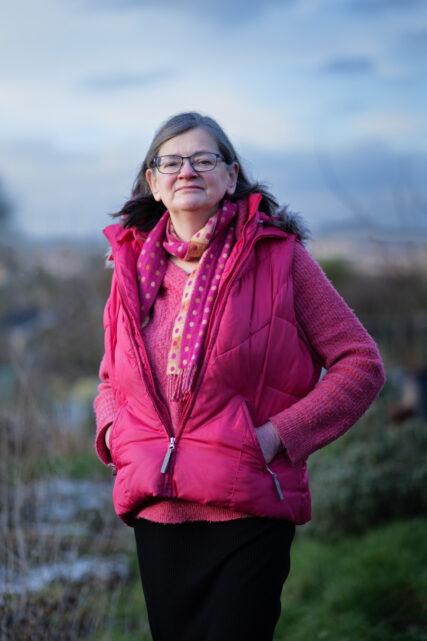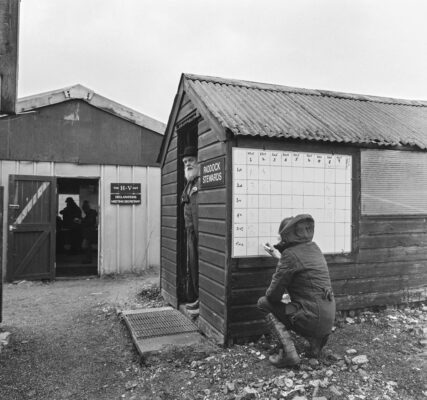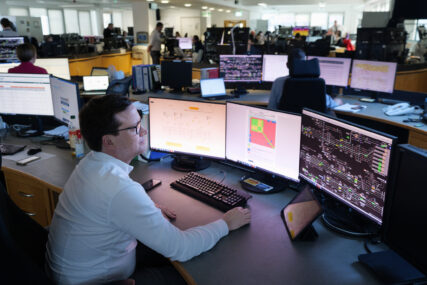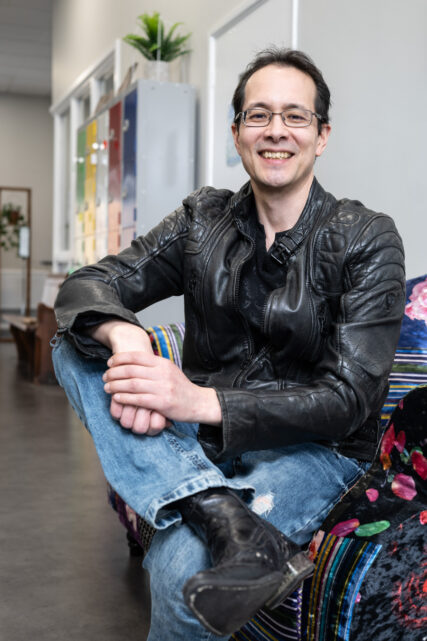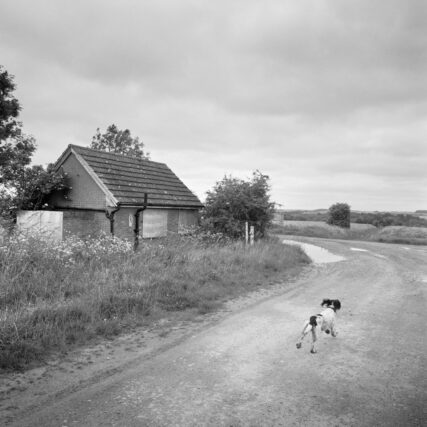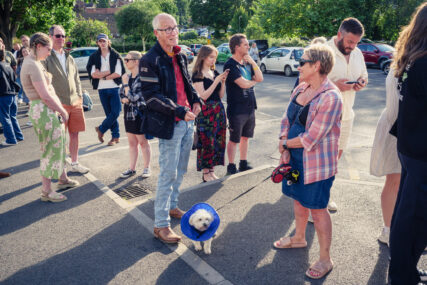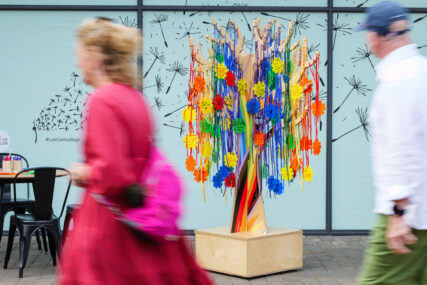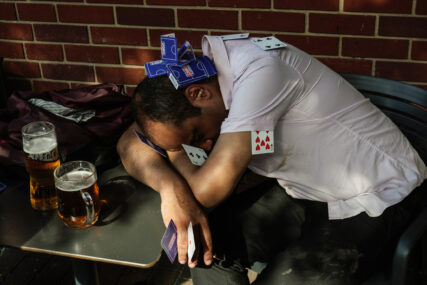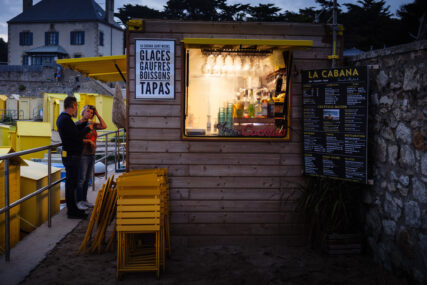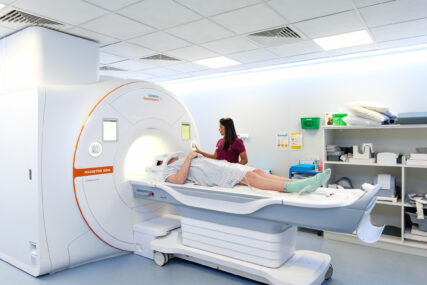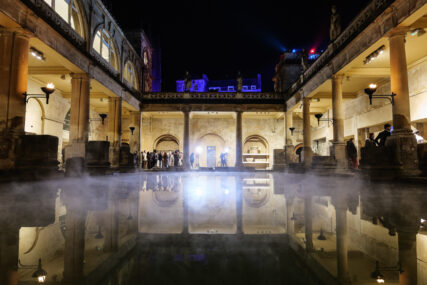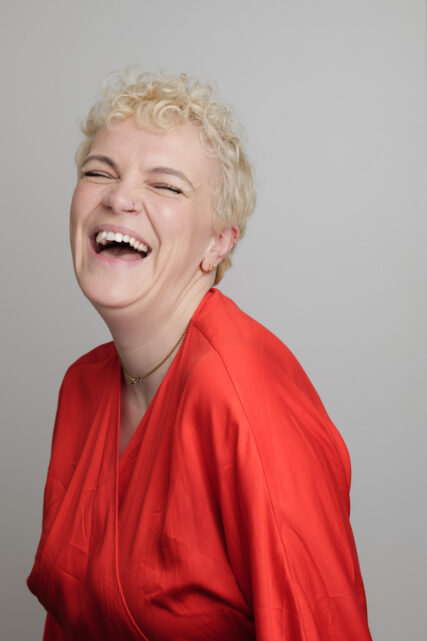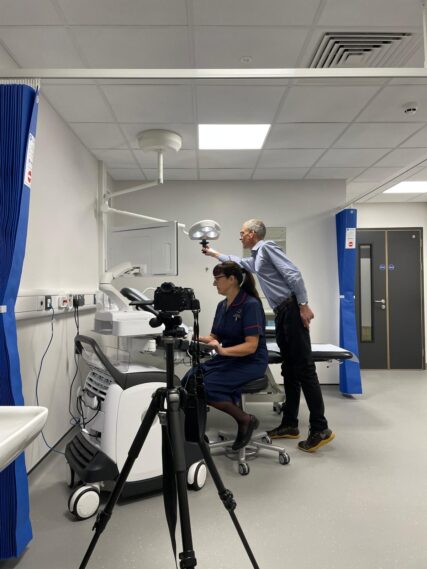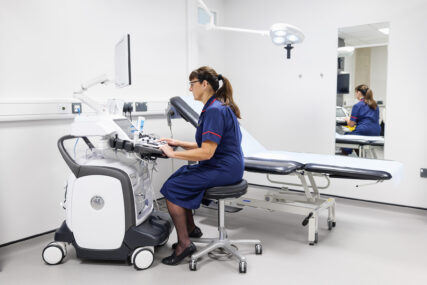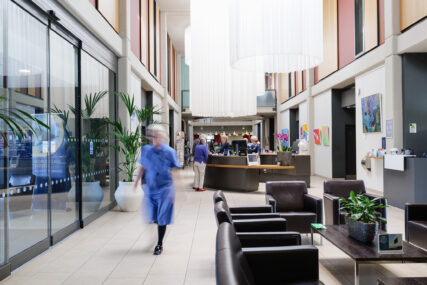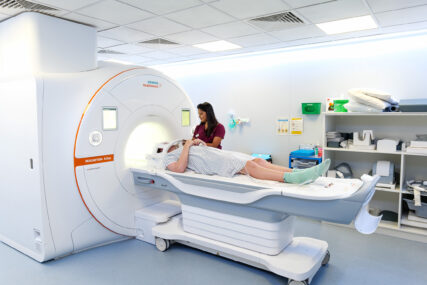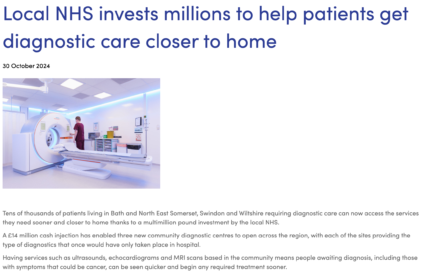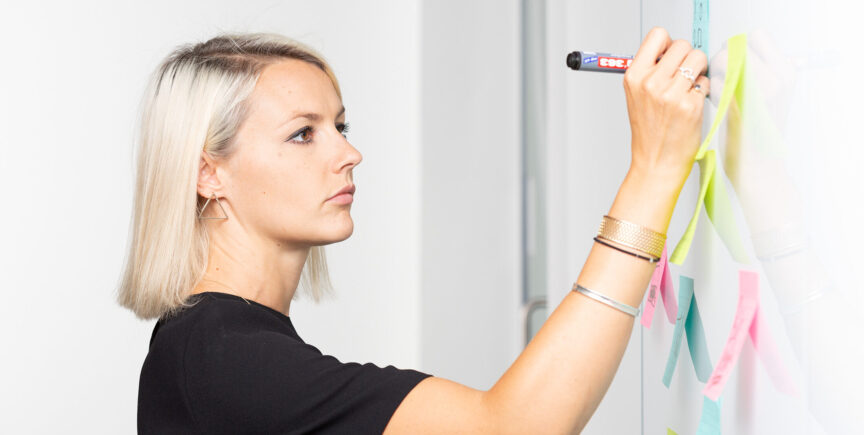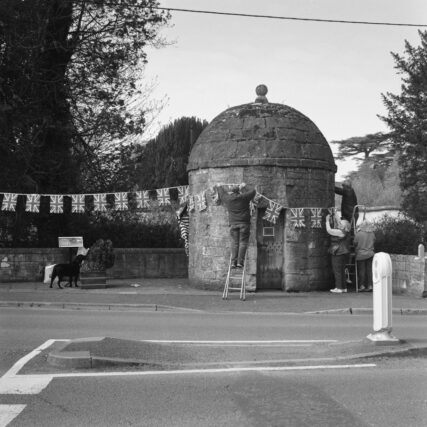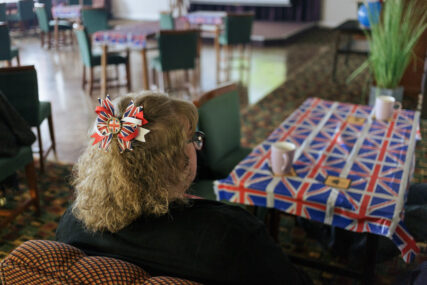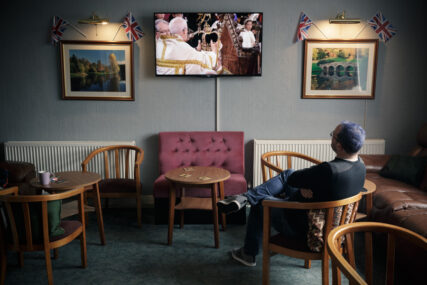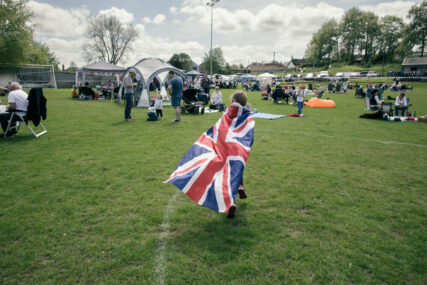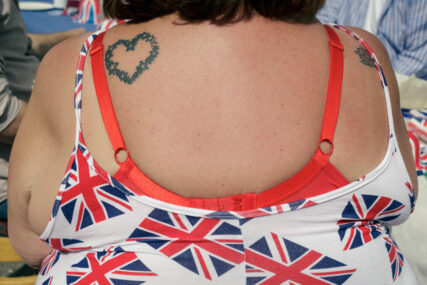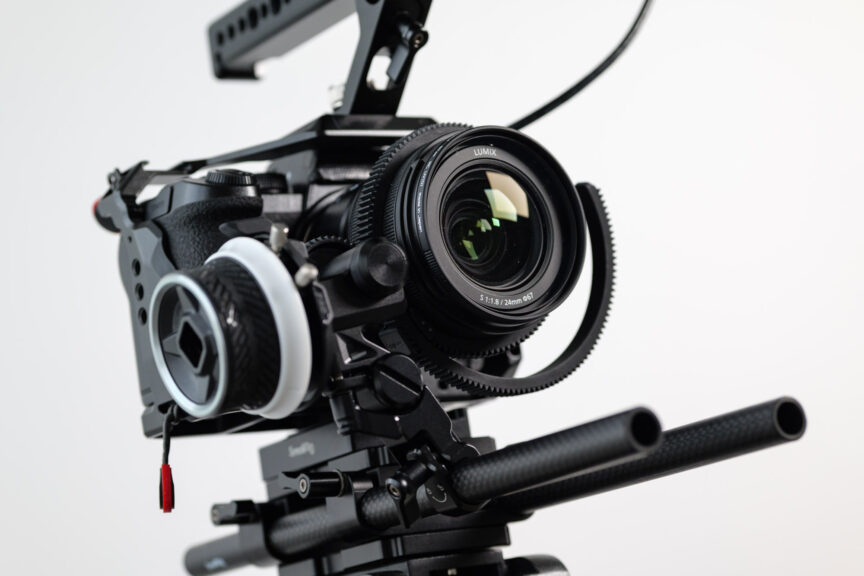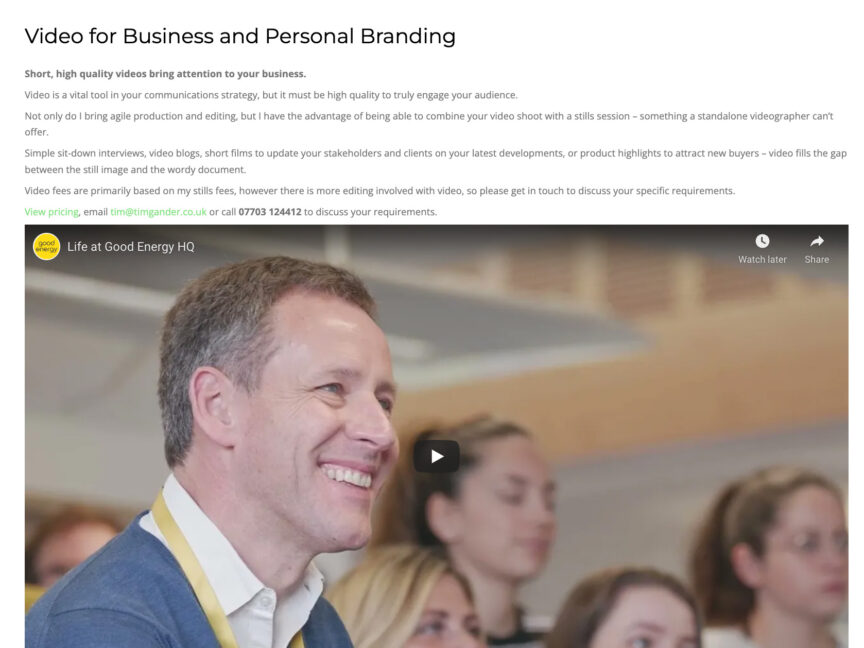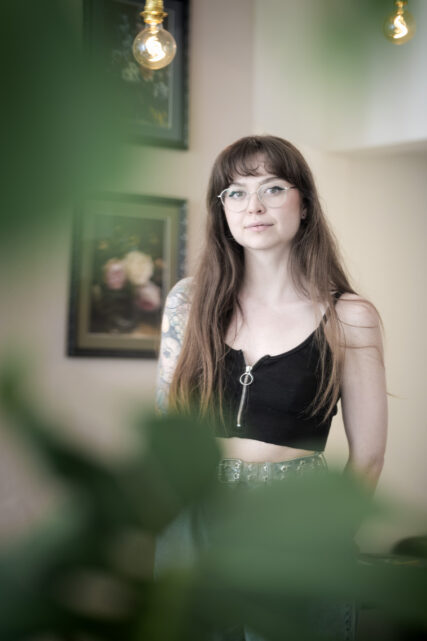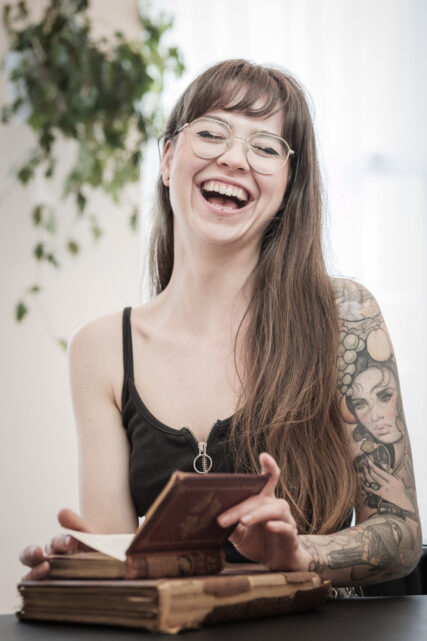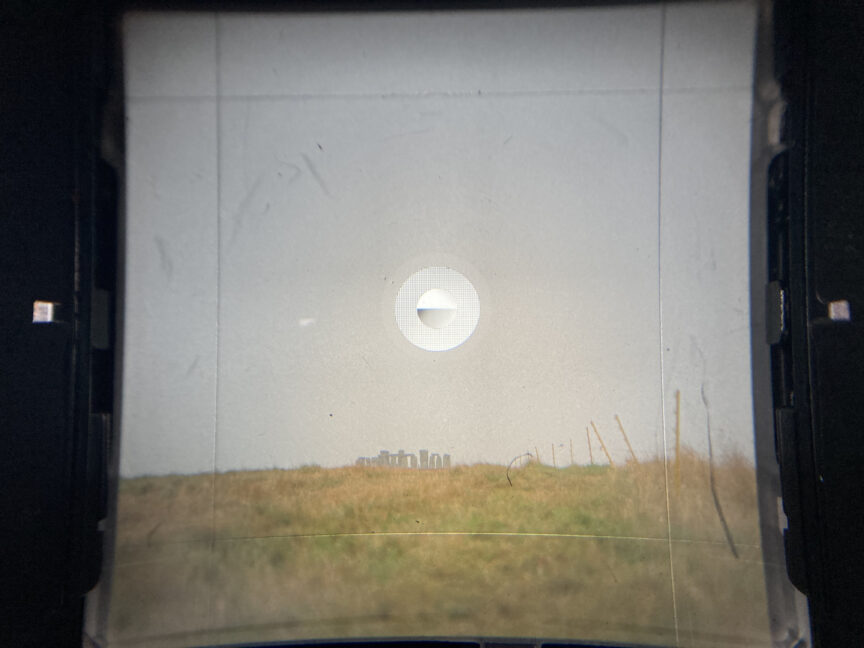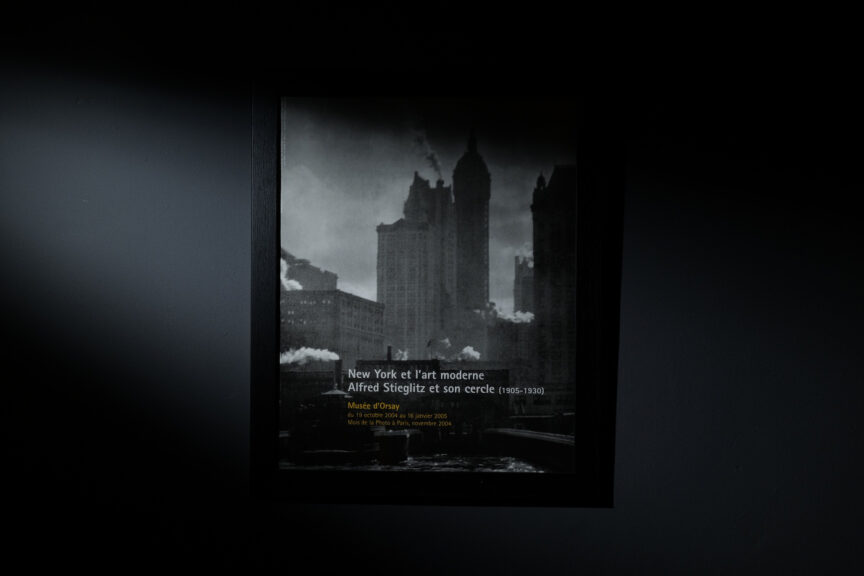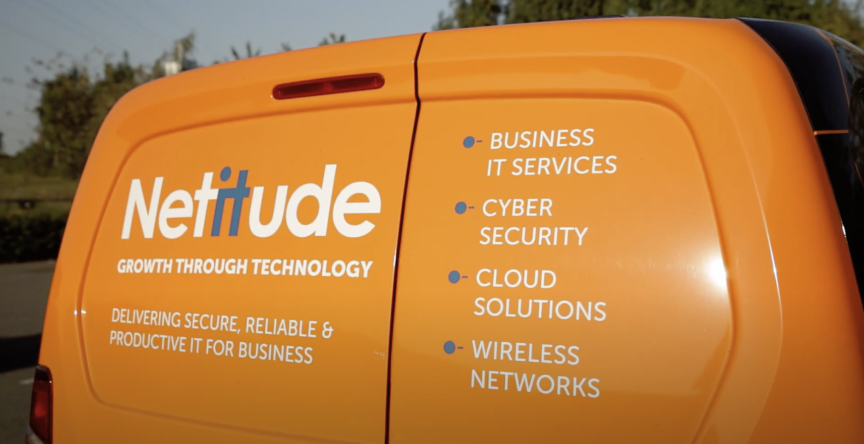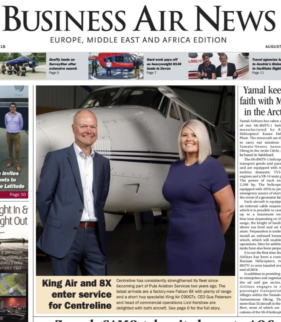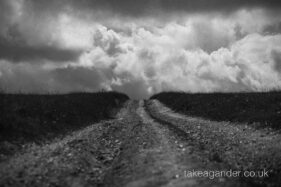The previous 15 years has been a tough time for many, myself included, so what will this coming recession mean and what can I do to help your business?
The short answer to either of those questions could be ‘not a lot’, but I think there are ways we can coordinate our approach and help each other. Here’s a broad outline of my plans as we head into choppy waters.
In the wake of the pandemic, I set up a Startups Exclusive package. Aimed at those starting up new businesses, perhaps as a result of being made redundant or deciding on a career change after being furloughed, this is my most competitive package and is a gesture to help individuals or teams of up to three to get their branding images in the bag. It is limited to genuine startups though, so please don’t try to book this if you’re an established business 🙂
Since the fallout of the pandemic is still with us, compounded by Putin’s nasty little war, it seems fair to keep this package going for the foreseeable future.
The other way I can help your business communicate with your audience is through video work.
Now I’m not going to pretend video is cheap. Cheap video is cheap, but that doesn’t work for most professional businesses. Even the YouTube and Instagram influencer crowd has had to up their game, but good quality video, the kind you’d want representing your brand, has become far more accessible than it used to be.
With sensible pre-production planning, a day’s video shoot can often be edited a number of ways to suit different platforms and target specific audiences. It requires close collaboration and good communication to get the most out of a video session, but the results achievable with relatively modest outlay can be far better polished than anything a solo photographer could offer just a few years ago.
To help clients save valuable marketing budget, I’m very open with clients about what I can do for them in terms of video. Before there’s any commitment between us, I’m happy to discuss an outline brief with you. If your project requires a crew or production company, I’ll tell you I’m not the solution you need. You’ll either have to increase your budget and find the right supplier, or trim your expectations to match your available budget.
If what you want is office B roll (a flavour of your team, culture and working environment, for example), that I can do. I can undertake interview projects, short promo videos – it basically comes down to what you require and what resources will be needed to achieve that.
Ultimately, where this helps businesses is they can now access a quality of video they simply couldn’t raise budget for previously, and video has definitely become more important in corporate communications than ever it was previously.
Underpinning the services I offer, I’ve always believed that communication, coordination and flexibility are the best routes to success. I’ve been freelance for almost 25 years now, and in that time I’ve seen clients flourish and I’ve seen clients fail.
Thankfully far more have flourished than have failed, but I can honestly say that the failures were always the ones least open to communication with me, least willing to take advice on how best to make a project work and a realistic view of the resources required. I was simply a tool for the task, rather than a collaborator in their project.
It will have been a wider, embedded corporate culture which lead to this failure for sure, but if you’re open to communicating, being realistic about what it costs to achieve your goals and can be flexible to adapt to changing needs, we can help each other.
The one thing to keep in mind is that I want you and your business to succeed, even through the toughest times. If we can achieve that, just think what we can achieve in calmer waters!
If any of this chimes with you, why not drop me a line? It’d be great to hear from you.

